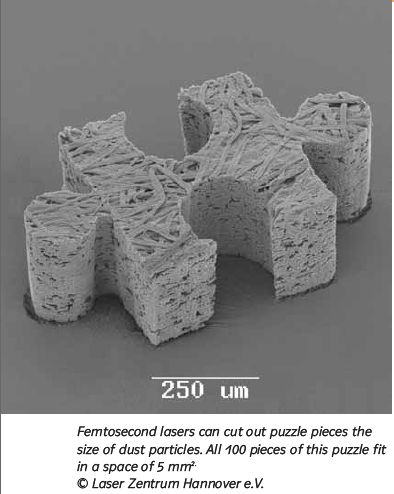A scientific team from the John Innes Centre and University of St Andrews has identified a key gene that was transferred from a Sicilian plant into a close relative in Britain, showing how genetic cross-talk between species can be important for evolution.
The researchers unravelled the remarkable history of an Italian interloper, a close relative of the common British weed Groundsel, that was first brought to the UK 300 years ago. In an amazing piece of genetic detective work, to be published in Science on Friday, they tracked down a small region of DNA in the British weed that came from its Sicilian relative.
Psychological stress and anxiety have been shown to produce an activation of coagulation and fibrinolysis. Resulting hypercoagulability is a risk factor for cardiovascular diseases, and could therefore contribute to an increased prevalence of coronary artery disease in anxiety patients. However, hemostasis function has not yet been studied in patients with clinically relevant anxiety disorders.
In the November 15th issue of Genes&Development, Dr. Kenneth Dorshkind and colleagues at the David Geffen School of Medicine (UCLA) have identified two genes – p16(Ink4a) and Arf – that sensitize lymphoid progenitor cells to the effects of aging, and confer resistance to leukemogenesis.
Hematopoiesis (the development of blood cells) entails two main pathways: myelopoiesis (the formation of the red and white myeloid cells) and lymphopoiesis (the formation of B- and T-cells). While myelopoiesis remains constant throughout life, lymphopoiesis declines with age.
Maybe you have an 85-year-old grandfather who still whips through the newspaper crossword puzzle every morning or a 94-year-old aunt who never forgets a name or a face. They don't seem to suffer the ravages of memory that beset most people as they age. Researchers at Northwestern University's Feinberg School of Medicine wondered if the brains of the elderly with still laser sharp memory -- called "super aged" -- were somehow different than everyone else's.
So instead of the usual approach in which scientists explore what goes wrong in a brain when older people lose their memory they investigated what goes right in an aging brain that stays nimble.
Here's the preliminary answer:
The name has been around for four decades, but only now is a recognizable photonics community emerging in Europe. A European study has documented a fast-growing sector of more than 2100 companies and 700 research laboratories.
In 2005, Europe’s photonics sector earned €43.5 billion and was growing at 12% a year. It employed 246,000 people, accounted for 19% of world production and was already bigger than the semiconductor sector. Yet, at the same time, the industry was hardly recognized in Europe.
A doctoral thesis carried out at the University of Granada has proved that patients with serious anxiety disorders (panic disorder with and without agoraphobia, social anxiety disorder or generalized anxiety disorder) think they suffer more physiological (palpitations, sweating, irregular breathing, shaking of the hands and muscular tension …) than they really have. In other words, although many patients with anxiety disorders have orally reported very intense physiological symptoms in surveys and questionaires, they are hyporeactive when real measures of such symptoms are taken through physiological tests.
 Opioid Addicts Are Less Likely To Use Legal Opioids At The End Of Their Lives
Opioid Addicts Are Less Likely To Use Legal Opioids At The End Of Their Lives More Like Lizards: Claim That T. Rex Was As Smart As Monkeys Refuted
More Like Lizards: Claim That T. Rex Was As Smart As Monkeys Refuted Study: Caloric Restriction In Humans And Aging
Study: Caloric Restriction In Humans And Aging Science Podcast Or Perish?
Science Podcast Or Perish?








